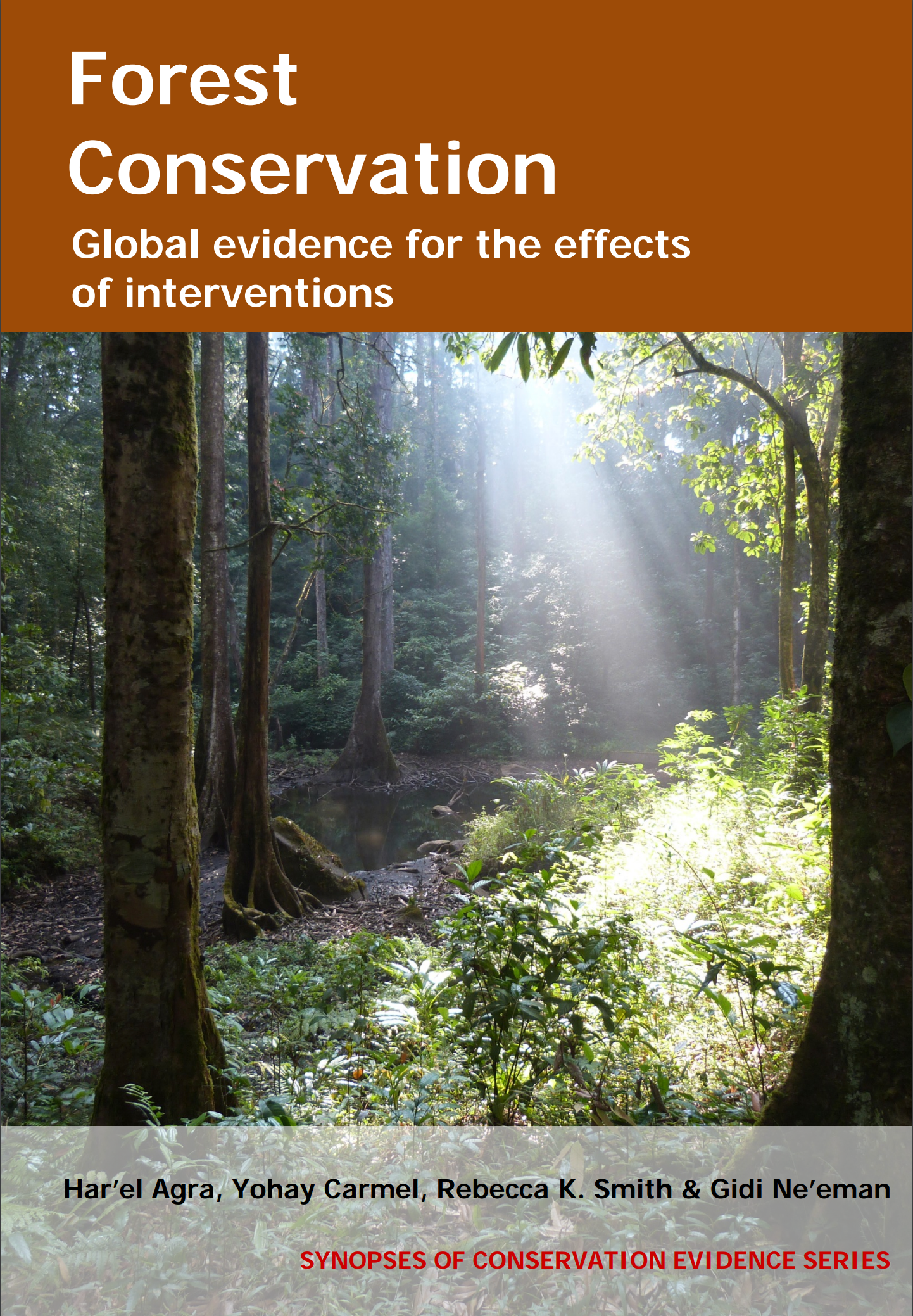Use electric fencing to exclude large native herbivores
-
Overall effectiveness category Unknown effectiveness (limited evidence)
-
Number of studies: 1
View assessment score
Hide assessment score
How is the evidence assessed?
-
Effectiveness
65% -
Certainty
10% -
Harms
0%
Study locations
Supporting evidence from individual studies
A controlled study in 2005-2007 in Sand Forest in South Africa (Lagendijk et al. 2011) found that exclusion of elephant Loxodonta africana and nyala Tragelaphus angasii increased tree density. The density of all trees was higher when both species were excluded than unfenced plots (unfenced: ~8,000/ha; elephant excluded: ~10,000; nyala and elephant excluded: ~14,000). The density of seedlings was higher when both species were excluded than unfenced plots (unfenced: ~5,000; elephant excluded: ~6,000; nyala and elephant excluded: ~8,500). There were no differences between treatments for the density of saplings (unfenced: ~2,000; elephant excluded: ~2,500; nyala and elephant excluded: ~3,200) and grown trees (unfenced: ~1,000; elephant excluded: ~1,500; nyala and elephant excluded: ~2,300). Data was collected in 2007 in 12 plots (20 ×20 m) of each treatment: unfenced (accessible to elephants and nyalas), elephant excluded (inside elephant-excluded area of 3.1 km2 surrounded by electrified-wire) and nyala and elephant excluded (wire-fence exclosures to exclude nyalas inside the elephant-free area) treatments. Treatments were applied in 2005 in a 5.2 km2 Sand Forest patch.
Study and other actions tested
Where has this evidence come from?
List of journals searched by synopsis
All the journals searched for all synopses
This Action forms part of the Action Synopsis:
Forest Conservation
Forest Conservation - Published 2016
Forest synopsis





)_2023.JPG)














